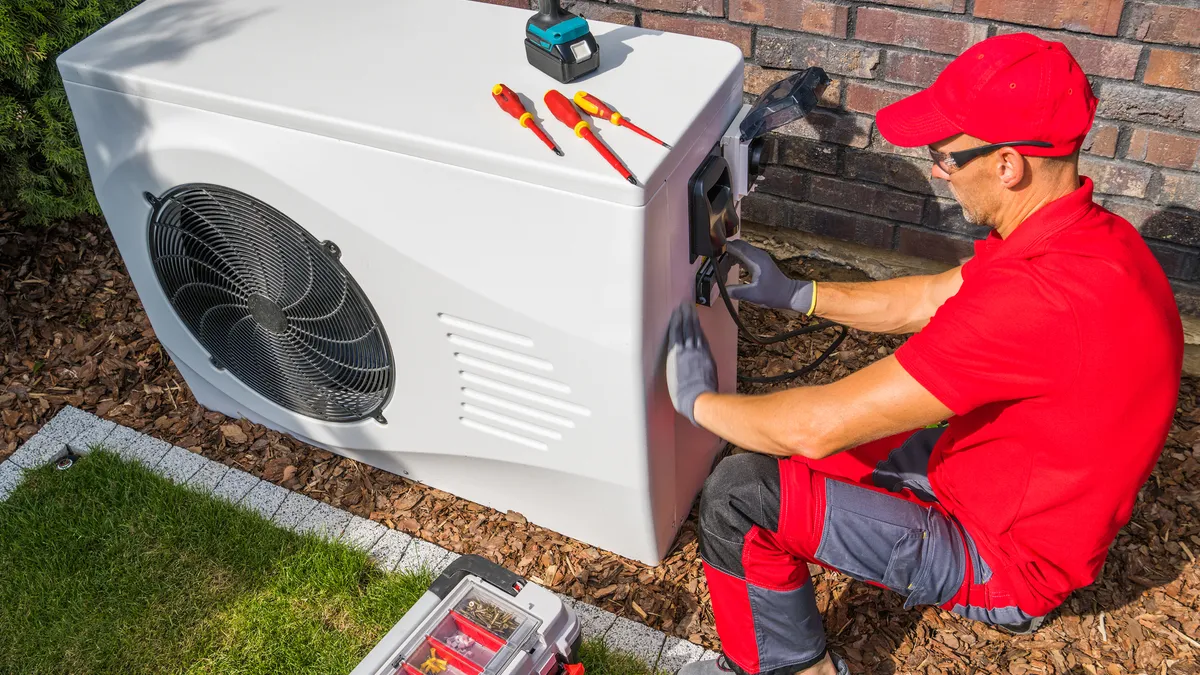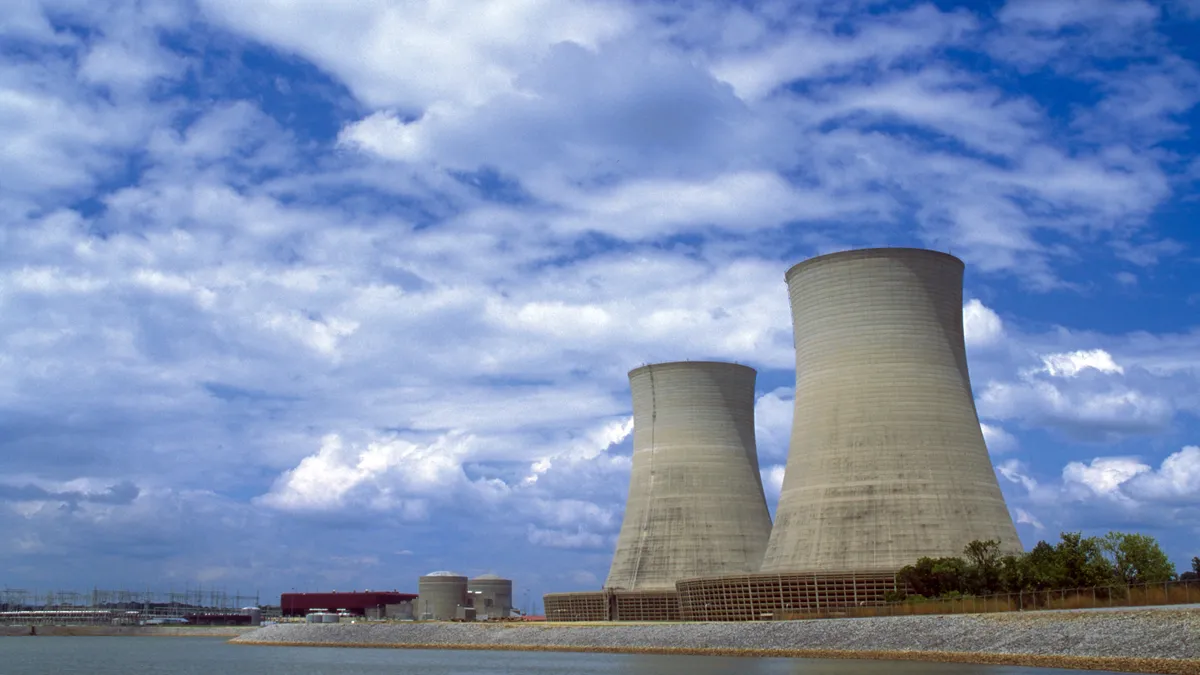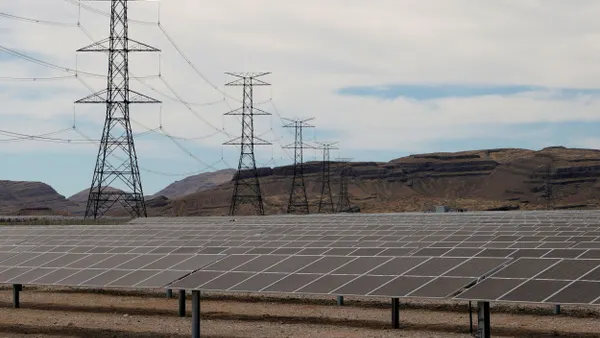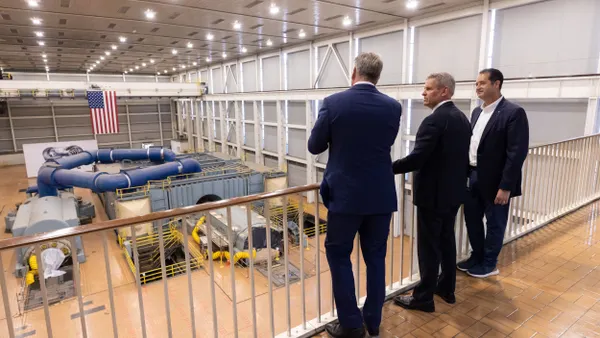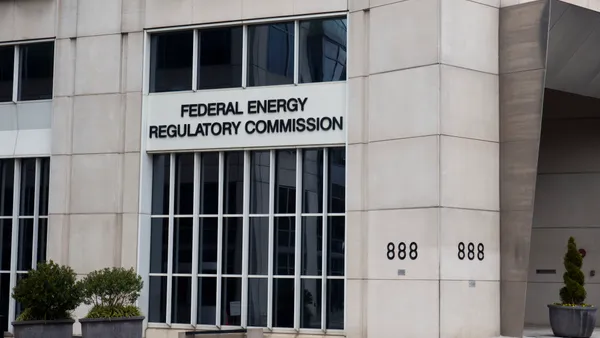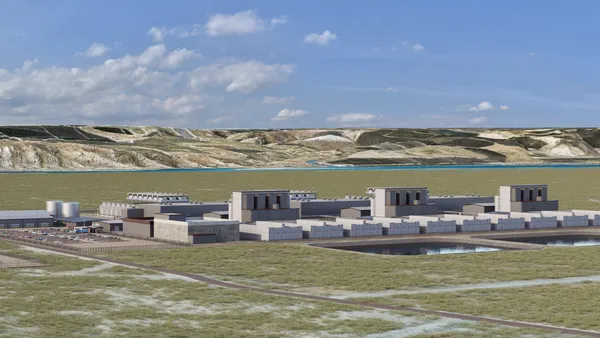Dive Brief:
- Winter carbon emissions are up in New England, the result of a reliability initiative that has kept generators running duing cold weather by incentivizing them to keep oil supplies on hand.
- According to analysis by SNL, the region burned far more oil in the 2013-2014 winter, during the polar vortex, than it had before the reliability program began.
- The increases in oil-fired generation led to an increase in emissions of more than 10% that winter, and a 6.5% increase the following year.
Dive Insight:
Faced with gas shortages during cold winters, the New England ISO a few years ago developed a reliability program that gave cost assurances to generators who kept oil supplies on hand. From a reliability standpooint, that worked out relatvely well during the Polar Vortex of 2014. Generators in the Northeast and Midwest also faced fuel shortages and mechanical difficulties, but New England fared relatively well by comparison.
But the flip side of that reliability, according to SNL Energy's analysis, has been greater carbon emissions relative to generation.
According to SNL, generators in ISO New England burned about 1,800% more oil in the 2013-2014 winter than they had in the previous two winters before the reliability program began. And the following year they burned more than 1,700% more oil. Those jumps led to carbon increases of 10.6% and 6.5%, supporting the call for more natural gas infrastructure in the region.
Natural gas provided 44% of New England's electricity supply in 2014, up from 15% in 2000. Cheap gas coming out of the Marcellus Shale drove that shift in generation, but pipeline capacity has lagged and at times of severe constraints, oil can be the cheaper option.
And the trend is not abating. Just last month, Invenergy announced plans to develop the 900-MW Clear River Energy Center in Rhode Island. More generation — and pipeline infrastructure to serve it — will be needed as additional coal-fired generation is taken offline in the coming year.




